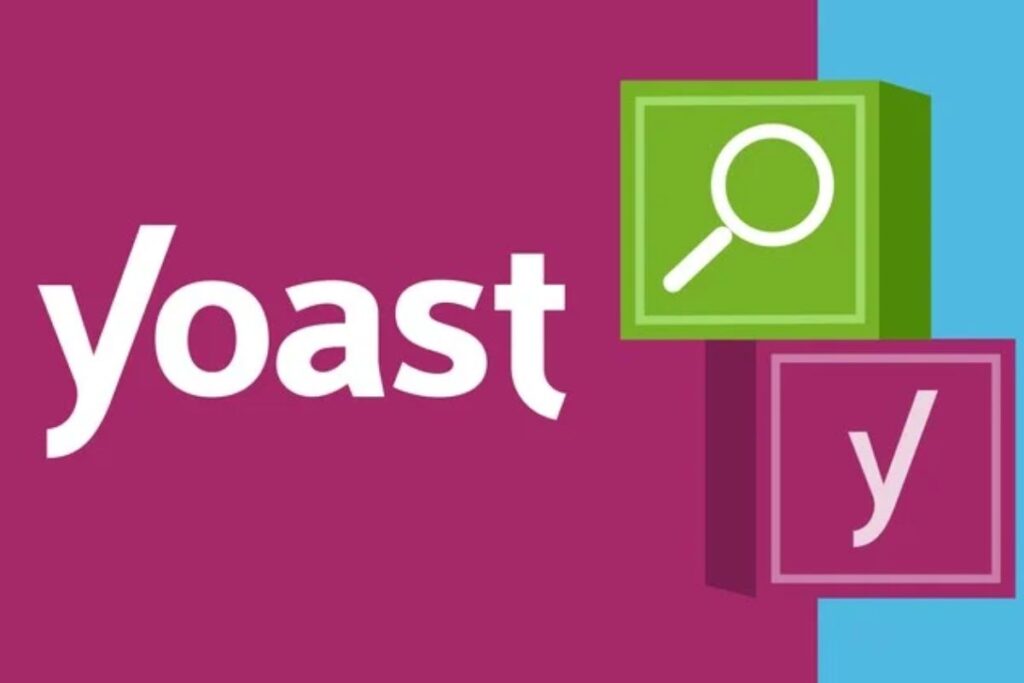In today’s digital-first world, visuals are no longer just design elements—they are discoverable assets that drive engagement, traffic, and conversions. The evolution of search engines and AI algorithms has elevated the importance of images, making Image SEO not just an enhancement but a necessity. Brands, marketers, and content creators now realize that optimizing images is key to winning online visibility. This article explores powerful, actionable Image SEO best practices that will ensure your visual content gets found fast.
Why Image SEO Matters in 2025
Search engines are smarter than ever. With machine learning and visual recognition technologies improving at a rapid pace, search engines like Google can now “see” and understand images more accurately. This shift has intensified the value of image optimization. Image SEO best practices go beyond file names and alt text; they now involve structured data, lazy loading, accessibility, and even image compression without quality loss.
Moreover, with the rise of visual search tools like Google Lens and Pinterest Lens, users can now initiate searches using images rather than text. E-commerce brands, fashion retailers, real estate platforms, and travel companies are seeing massive benefits from embracing visual SEO. Implementing Image SEO best practices is no longer optional—it’s a competitive advantage.
The Anatomy of Image SEO Best Practices

Let’s break down the core components of effective Image SEO and how you can implement them:
1. Descriptive Filenames
Before uploading your image, rename the file using descriptive, keyword-rich filenames. Avoid generic names like IMG_1234.jpg—instead, use organic-matcha-green-tea-powder.jpg. This helps search engines understand the image content.
2. Alt Text Optimization
Alternative text (alt text) is crucial for both SEO and accessibility. Use concise yet descriptive phrases to define the image. This not only helps visually impaired users but also gives search engines more context about your content.
Example:
<img src=”organic-matcha-green-tea-powder.jpg” alt=”Organic Matcha Green Tea Powder in Ceramic Bowl” />
Alt text is one of the foundational Image SEO best practices that also supports your ranking in image search results.
3. Image File Size and Compression
Large images can slow down your page loading speed—an SEO killer. Use tools like TinyPNG, ImageOptim, or Squoosh to compress images without compromising quality. Lighter images improve UX and reduce bounce rates, directly influencing your SEO rankings.
4. Responsive Images
Make sure your images look great on all devices. Use srcset attributes to provide different image sizes for different screen resolutions. Responsive design is a core component of modern Image SEO best practices.cc
<img src=”tea.jpg”
srcset=”tea-small.jpg 480w, tea-medium.jpg 800w, tea-large.jpg 1200w”
sizes=”(max-width: 600px) 480px, (max-width: 900px) 800px, 1200px”
alt=”Green tea with steam rising” />
5. Lazy Loading
Enable lazy loading for images to enhance performance. This approach loads images only when they’re about to enter the viewport, reducing initial page load time.
In HTML5:
<img src=”tea.jpg” loading=”lazy” alt=”Hot green tea in white cup” />
6. Structured Data for Images
Schema markup helps search engines understand your content contextually. Use ImageObject schema to enhance your image-rich content for visibility in search results.

Example (JSON-LD):
{
“@context”: “https://schema.org”,
“@type”: “ImageObject”,
“contentUrl”: “https://www.example.com/photos/tea.jpg”,
“description”: “Aerial view of green tea powder in ceramic bowl”
}
7. Captions and Context
Images surrounded by relevant text perform better in SEO. Use captions and body content to contextualize your visuals. This is one of the more overlooked Image SEO best practices but plays a crucial role.
8. CDN and Image Hosting
Deliver your images via a Content Delivery Network (CDN) to improve load speeds for global users. Tools like Cloudflare, Fastly, and Akamai ensure your images are served from the closest server to the user.
9. Image Sitemap
Include your images in XML sitemaps so search engines can index them better. This improves the discoverability of your media assets.
<image:image>
<image:loc>https://www.example.com/images/tea.jpg</image:loc>
<image:caption>Organic green tea powder in bowl</image:caption>
</image:image>
10. Avoid Decorative Overload
Only use images that add value. Too many non-essential images can clutter your page and hurt load speed. Strategic use of visual content is a key tenet of modern Image SEO best practices.
Also Read:
Business SEO Strategies That Work: 10 Proven Tactics for Higher Google Rankings
Speak Up! Mastering Voice Search SEO Before Your Competitors Do
Let’s Talk Keywords: Crafting Conversational SEO That Ranks in 2025
Lights, Camera, Rank! How to Boost Your Video SEO in 2025
How Image SEO Best Practices Impact Different Industries
E-Commerce
Optimized product images improve conversion rates and organic traffic. Shoppers use image search when looking for specific products.
Travel and Hospitality
High-quality, optimized visuals of destinations, hotels, and experiences can boost bookings through search discovery.
Food and Beverage
Mouthwatering visuals can go viral and drive interest when properly optimized for SEO.
Fashion and Lifestyle
Style and aesthetics are visual-driven. Properly tagged and compressed images keep you top-of-mind and top-of-search.
Tools to Implement Image SEO Best Practices
- Yoast SEO: For WordPress users, this plugin helps with alt text and media optimization.
- Screaming Frog: Audit your entire site including image SEO errors.
- Cloudinary: For advanced image hosting, transformation, and delivery.
- Canva Pro: Design optimized images with pre-set dimensions and quality control.

2025 Trends in Image SEO
- AI-Driven Image Recognition: More accurate tagging and context by algorithms like Google Vision.
- Increased Voice-to-Image Search: Users are speaking queries and expecting visual results.
- Visual Shopping: E-commerce platforms are integrating direct shopping via image search.
- Ethical and Inclusive SEO: Ensuring diverse representation in imagery is becoming part of ranking signals.
Final Thoughts
Image SEO best practices are no longer a checklist; they are a dynamic and strategic necessity. As search engines evolve and visual search becomes second nature for users, your images must be optimized not just for performance but for discovery. Brands that embrace these best practices in 2025 will outpace competitors, delight users, and dominate search results.
Incorporate these Image SEO best practices today to ensure your visuals aren’t just seen—but found fast, appreciated, and acted upon.
